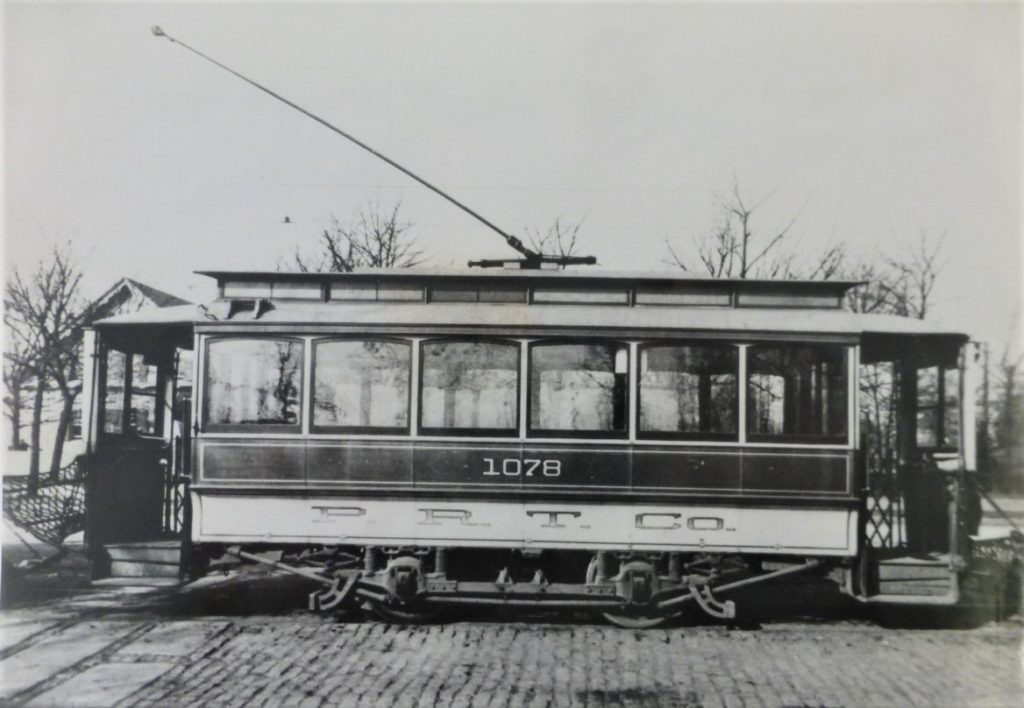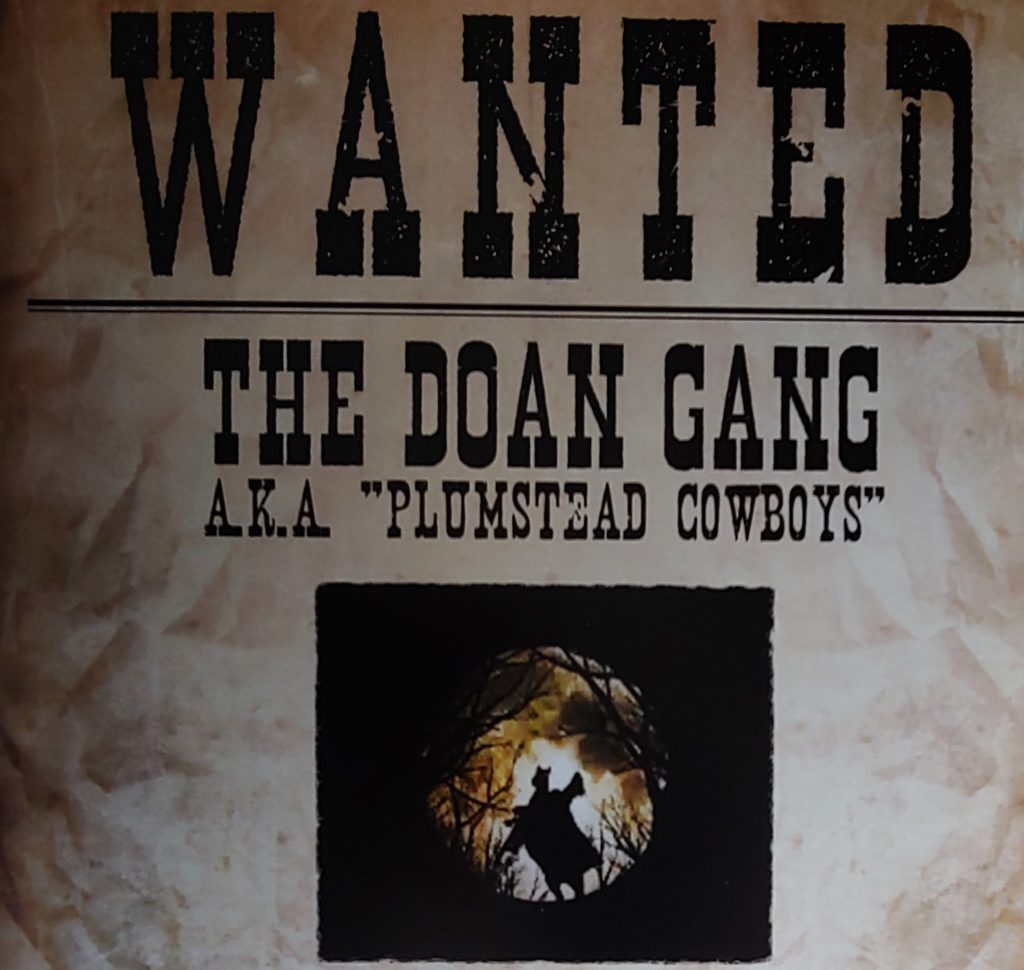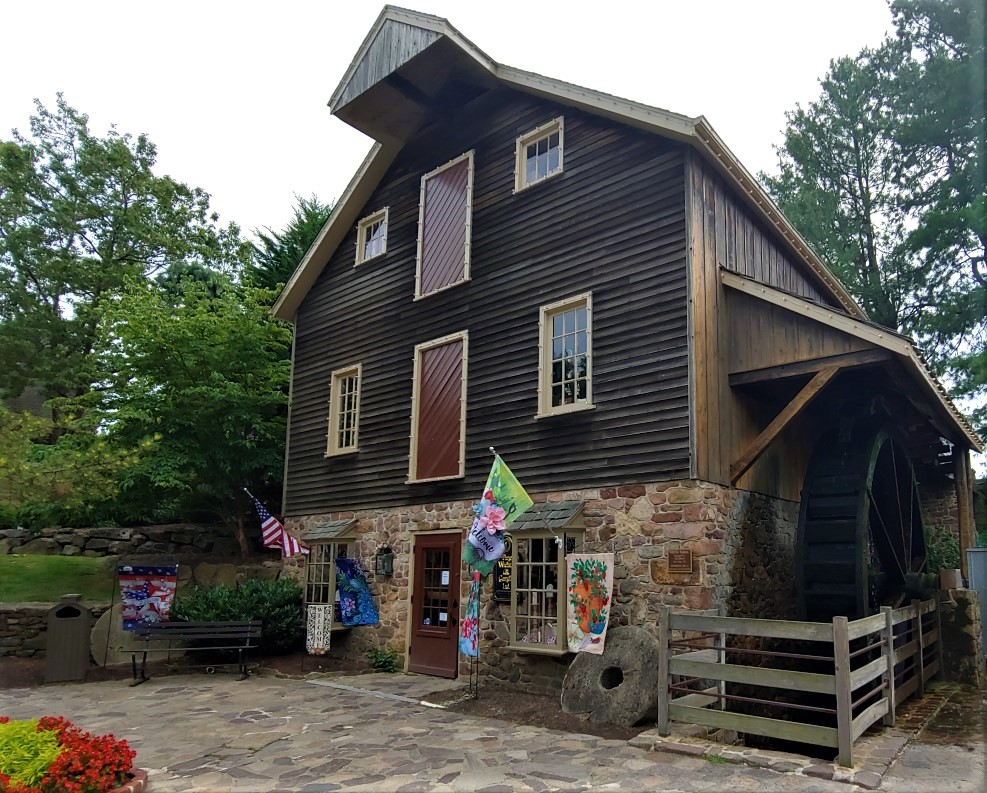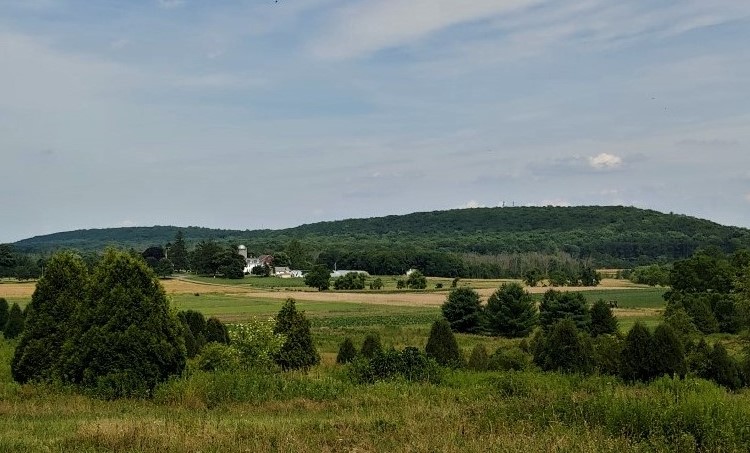Characters and locales that enrich the lore of Bucks County.
Bucks County history is like a cornucopia of never ending offerings. Some are oft-told tales of national significance. Sprinkled among them are countless vignettes that capture the essence of times gone by. Let me start with the story of a trolley akin to the type I used to ride in my youth on the steep hills of San Francisco. Occasionally the brakeman would ease up on the controls, speeding us downhill. Pure fun for cousin Dave and I.

The Warrington joy ride
Traveling at more than a mile-a-minute at the end of the 19th Century was a rare novelty in rural Bucks. If you wanted to experience breath-taking speed, you rode the trolley down Griers Hill in Warrington. The four-wheel electric car followed rails linking Willow Grove with Doylestown. After the line began operating in 1898, passengers spread the word about the hill. The 360-foot high mount slopes steeply into Fretz Valley. Motormen typically released the brakes at the crest and let the trolley zoom down the hill beside Route 611, exceeding 60 miles per hour. To travelers, the roller-coaster experience came to be called “the Toboggan Slide.”
The rush lasted for 30 years until motor vehicles doomed the trolley line.
How Perkasie became a store
We all know what a prosperous place Perkasie is. Another town once had its name but ditched it for “Moyer’s Store” in the 1870s. After all, what drew people to the village on Route 113 was John Moyer’s retail store. He also ran the store’s post office, one of two in Hilltown serving the mail route between Philadelphia and Bethlehem.
Life was good at Moyer’s Store. Apparently John tired of the town being known as a store. A more descriptive name was needed. Locals looked to geography. So “Moyer’s Store” became “Blooming Glen”, a name that’s lasted.

A Doan Gang hideout in Buckingham
No subject stirs more interest than the Doan Gang. The five brothers and a cousin from Plumstead were the scourge of George Washington and the Continental Army during the American Revolution. Moses Doan as leader was the Darth Vader of the revolt. He favored black clothing while riding a coal-black stallion at night. He was a Loyalist spy, constantly informing British commanders of George’s whereabouts. The Doans also stole horses to supply the enemy, robbed tax collectors and terrorized the countryside. But did they live in a cave on Buckingham Mountain?
Maybe. Evidence comes from Joseph Fell, the county’s school superintendent in 1859. As he put it, “On Christmas night one of my sons informed me that he, in company with three or four other boys, had been examining with the aid of candles a cave near the barn of Dr. Charles Mathews, and that they found the name ‘M. Doan, 1775′ carved on the limestone rock. . . . I inquired of him when the cave was first discovered. He said the teacher of their school had found it about 18 months before, and that some of the boys in the village had enlarged its mouth and been down in it last summer but no name was discovered before that Christmas day.”
Fell explored the cavern and found the engraving deep inside. “The figures are of antiquated formation,” he reported, convincing him it was authentic. He equated the gang’s daring with Robin Hood and Little John. Sadly, the cave is long gone due to quarrying.
Hooppoletown in Bensalem
A neighborhood on the Bensalem-Lower Southampton border was once a thriving business center near the intersection of Brownsville and Bristol roads. The settlement had a store, a factory, two shoemakers, carpet weaving and wheelwright shops, 15 houses and a church. People called it “Hooppoletown” because local folks made a living fashioning green hickory and white oak saplings into poles for barrel hoops and women’s under garments. Then the broom-makers arrived. They crafted the best whisks around.
Customers began referring to Hooppoletown as “Broomtown.” Controversy over the town’s name finally came to a head. Welcome to “Siles”.

‘Place of big writing’ in Solebury
“Lahaska” was the name Native Americans gave to an area in Solebury where well-educated settlers put down roots. The locale is better known these days as Peddler’s Village. “Lahaska” in Lenape Indian dialect means “the place of big writing.” It was an apt description. English newbies spent long hours with ink and quill doing “big writing,” according to the Indians. Poetry, that is.
Here’s a sample from John Watson in 1805: “But let him not through a weak pride despise/The rural hamlets and happy swains.” Neighbor Albert Paxson countered,“In Catskill’s praises see a lyre new strung!/And shall Lahaska remain unsung?” John P. Rogers also waxed poetic: “The forests are noble,’Thy meadows are green/And lovely – thrice lovely/Does Lahaska seem.”
The natives scratched their heads. Most made tracks for Ohio.
***
Sources include “Place Names in Bucks County Pennsylvania” by George MacReynolds published in 1942 by the Bucks County Historical Society.

